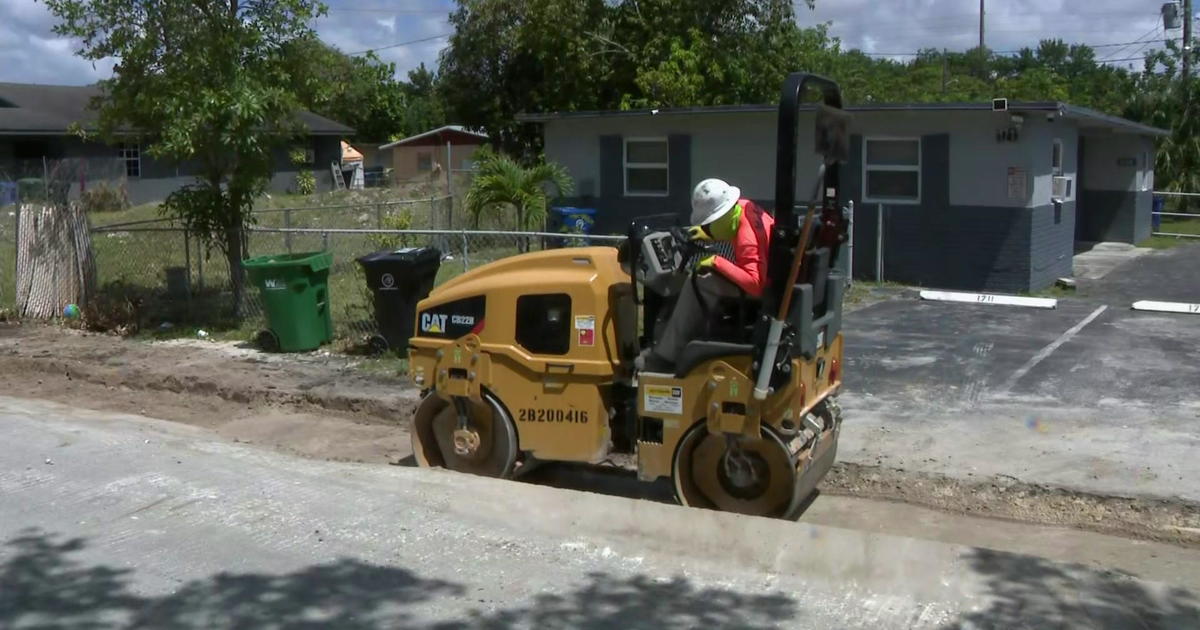Seaweed and more seaweed washing ashore on South Florida beaches
MIAMI - If you think there's more seaweed out on the sands lately, you're on to something.
"I haven't seen this volume, this early so it has little bit of an early nature," Mark Almy, Fort Lauderdale Superintendent of Parks said.
Almy's department collects seaweed and then drops it at a composting facility where in 4 months' time, it turns into dirt that's used for various projects around the city.
"Typically, by the 4th of July it's in full swing but this is the pace that it's at in the summertime," he explained.
The increase may have to do with the 5,000-mile glob of sargassum, which is another word of algae moving toward Florida's coast.
"And we're starting to see pieces of it, in fact, if you compare last year's data, we're about 4 times more," he said.
In a year-over-year comparison, in 2022 by April 6, Fort Lauderdale had collected 294 cubic yards of seaweed, this year they've already collected 980 cubic yards. 1 cubic yard by the way is 3 feet wide, by 3 feet long, and 3 feet tall.
"Scientists believe there are several causes right, that are mainly due to human activity, water pollution, excess of fertilizer into our waterways also carbon pollution," Yoca Arditi-Rocha, CLEO Institute Florida Exec. Dir. said.
Arditi-Rocha warns this glob is not only going to be a nuisance, but also threaten wildlife, and the economy.
"Sargassum will probably take a toll on the tourism-based economy so it's up to governments, individuals to take notice that this is an issue we have to deal with," she said.
Arditi-Rocha thinks the real challenge now is how to stop feeding the glob and further hurting the environment.




